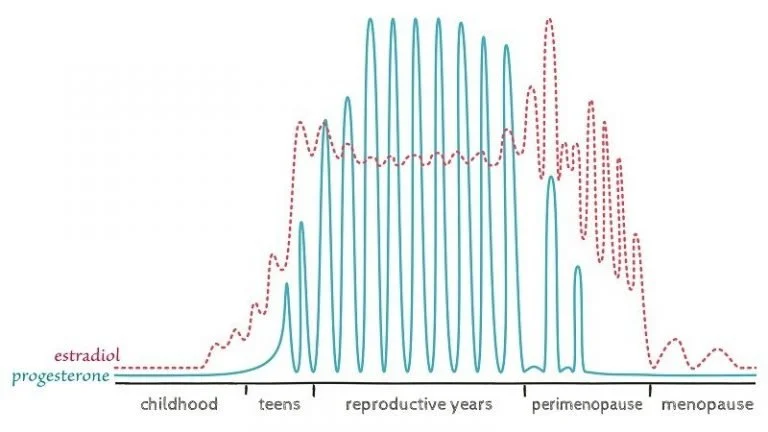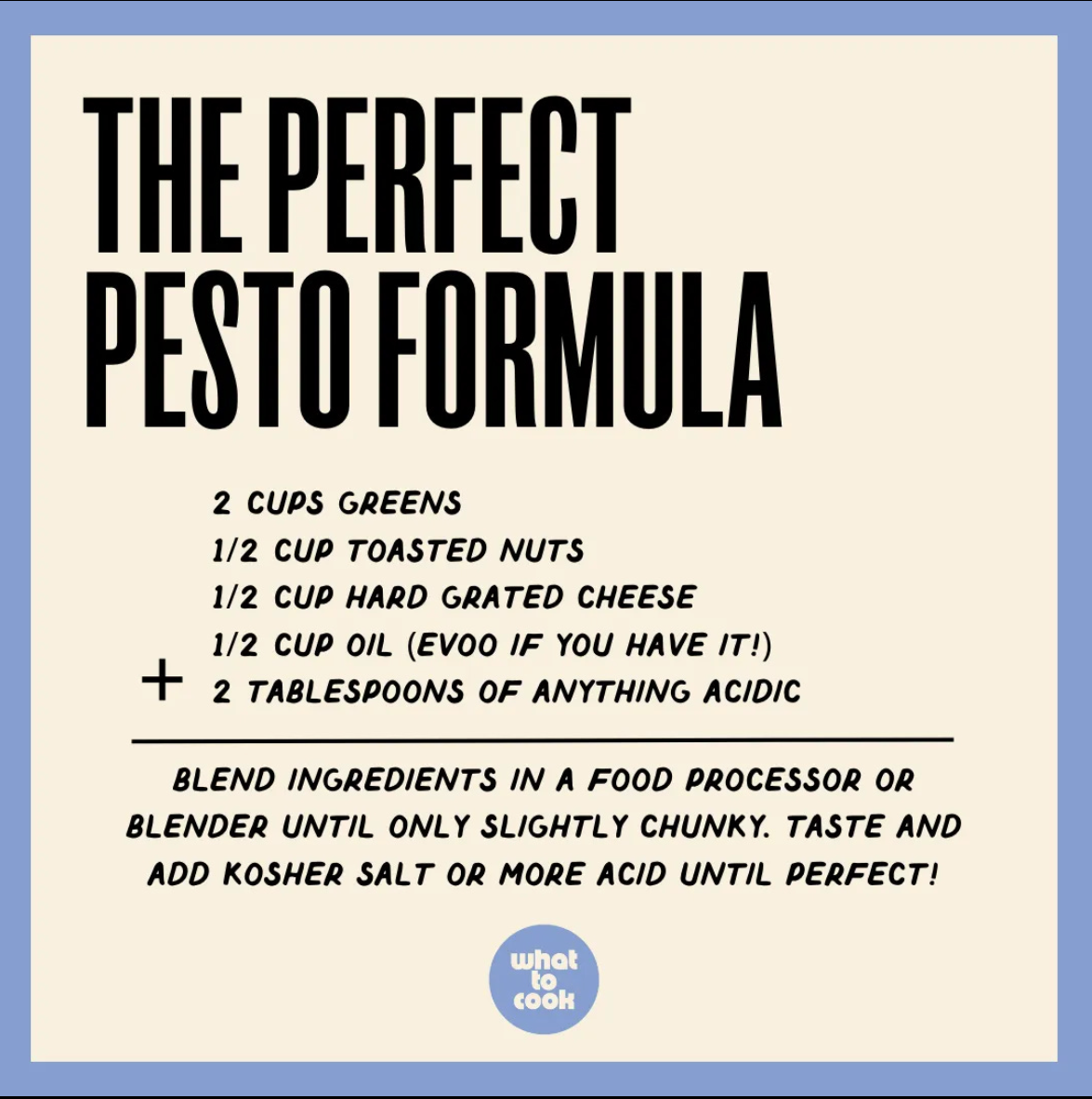This time of year I love warming bowls and easy meals. This combines the two together as it is a sheet pan meal that mixes fall flavours together while providing a good amount of protein and fibre. You can use any hearty vegetable you want. I just had all these vegetables to use up.
Ingredients:
4-5 Italian chicken (or pork) sausage, chopped into smaller pieces
1 sweet potato (medium or large), peeled and cubed
1-2 cups butternut squash, cubed
1.5 cups cauliflower florets
1 cup baby potatoes, halved
2 small beets, cubed
1 cup Brussels sprouts, sliced in half
2 big handfuls chopped kale
goats cheese, to taste
2 tbsp olive oil
1 tsp garlic powder (I only estimated)
1 tsp smoked paprika (or regular paprika)
1/2 tsp dried thyme, oregano or herbs de provence
salt and pepper
Directions:
Preheat oven to 425F.
Toss the hard veggies first: In a large bowl, combine sweet potatoes, beets, squash and baby potatoes. Drizzle with 1.5 tbsp olive oil, half the seasoning, salt and pepper. (Tip - keep beets separate if preferred as they can tint other veggies slightly.)
Spread on a parchment-lined sheet pan and roast for 20 minutes.
Add cauliflower, Brussels sprouts and sausage to the pan (or use a second pan and scatter sausage on both). Drizzle with the remaining olive oil and seasoning. Toss lightly to mix.
Return to the oven and roast another 15-20 minutes, until all veggies are tender and caramelized and the sausage is browned.
While cooking, lightly sauté kale with a little olive oil and salt until slightly wilted. OR, massage kale with a little olive oil and salt add to pan out of the oven.
Optional - sprinkle crumbled goat cheese or parsley on top before serving. Yum!
Enjoy!




